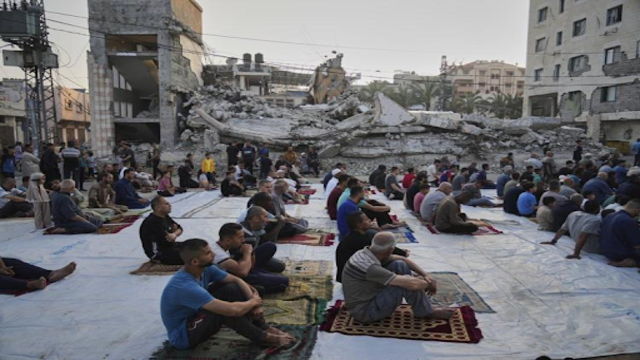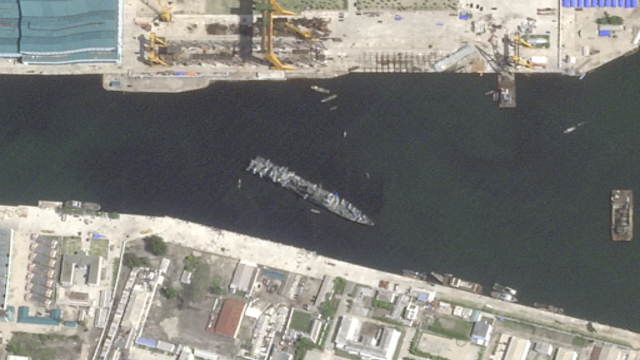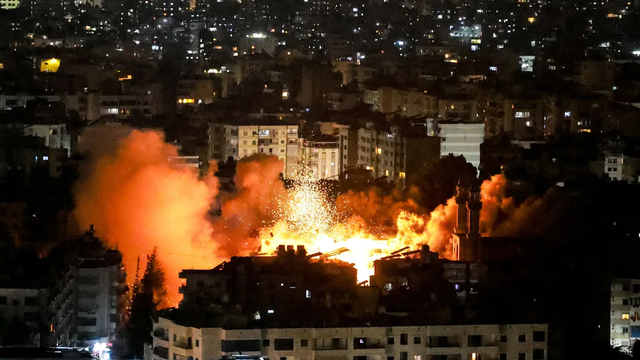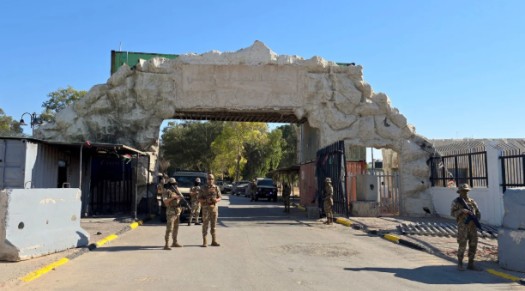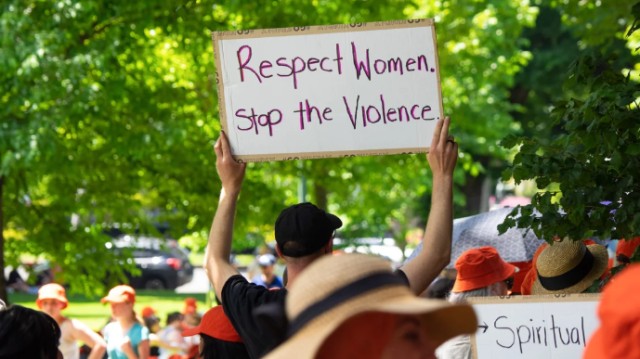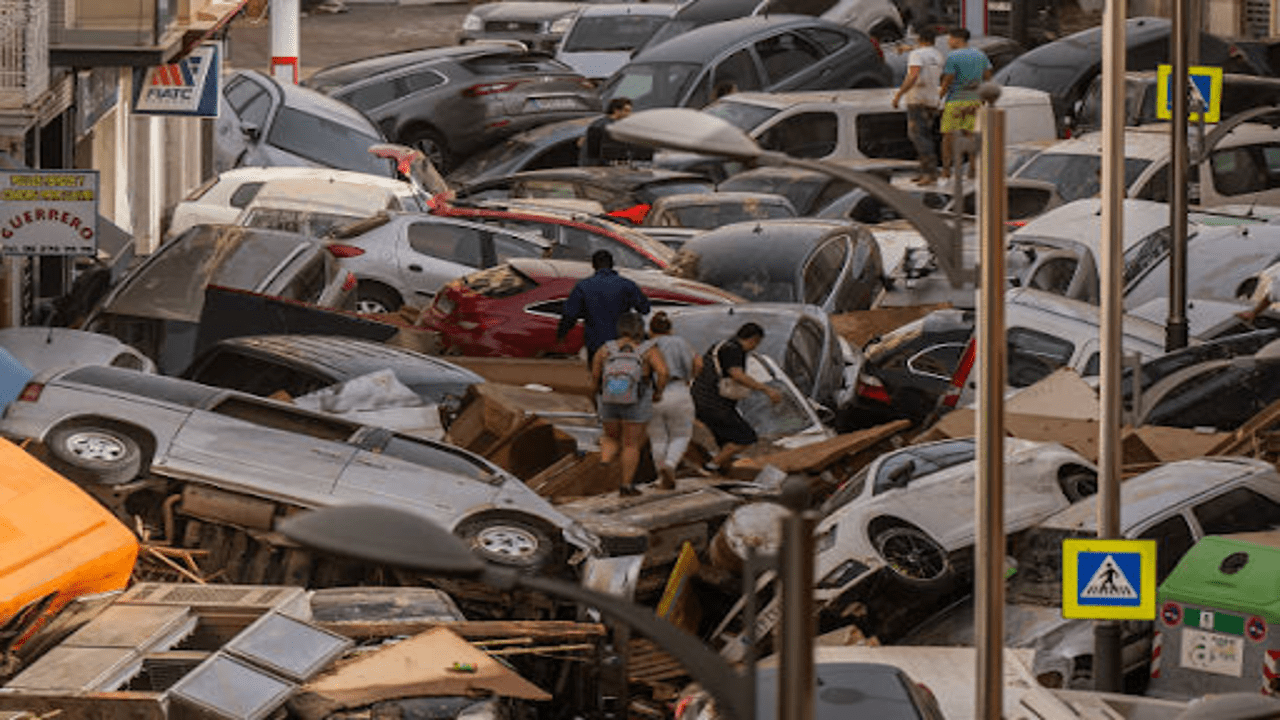
Getty Images
The devastating effects of recent flash flooding in Spain became increasingly clear as new storms hit southern regions of the country on Friday. The death toll from this disaster has tragically risen to at least 205, with a staggering 202 fatalities occurring in the hardest-hit area of Valencia, according to local emergency services. This marks one of Spain's deadliest natural disasters in recent memory, with officials fearing the numbers could climb higher as rescue efforts continue.
As emergency crews work tirelessly to reach those still trapped, challenges have arisen. Some roads have collapsed, making it difficult for rescue teams to access affected areas. The Spanish Armed Forces have already conducted over 4,600 rescues, with Minister of Territorial Policies Ángel Víctor Torres Pérez reporting significant efforts underway. However, the situation remains dire, with SOS Desaparecidos, a group focused on locating missing persons, announcing that at least 1,300 individuals are currently unaccounted for.
Recent years have seen Spain grappling with severe autumn storms, but none have compared to the sheer scale of destruction witnessed in the last few days. Reports from Valencia detail widespread damage and harrowing encounters with the rapidly rising waters. In fact, a courthouse in the regional capital has been repurposed as a temporary morgue due to the overwhelming number of casualties.
Getty Images
In the La Torre neighborhood of Valencia, where floodwaters reached chest height, volunteers have been working diligently to search for more missing individuals. On Thursday, rescue teams discovered the bodies of seven victims trapped in an underground parking garage. The situation in Valencia has been particularly tragic; a local policeman described how his fellow residents tried to move their cars to safety, only to find themselves overwhelmed by the quickly rising floodwaters.
Paiporta, a town within the Valencia region, has emerged as a focal point of this tragedy, with at least 62 confirmed deaths. The mayor described it as the “ground zero of the tragedy.” Eyewitness accounts paint a harrowing picture: one man recounted watching helplessly as cars floated by, with people inside calling for help. Many drivers were caught unaware on highways, swept away as roads transformed into rivers. In a nursing home on the outskirts of Paiporta, at least six residents lost their lives when floodwaters surged despite staff efforts to evacuate them to higher ground.
Getty Images
The aftermath of the flooding is characterized by mud-filled streets and damaged homes. The mayor of Valencia has shared images of community clean-up operations in La Torre, where efforts to remove vehicles and debris have begun. Local authorities have been working hard to restore power, with around 90% of affected areas now back online.
In response to criticisms regarding preparedness, Carlos Mazon, president of Valencia’s regional government, defended the administration's actions, claiming that initial forecasts failed to predict the storm's intensity. He stated that the regional government issued numerous alerts, including emergency SMS notifications for the worst-case scenarios.
As of Friday, southern Spain continued to experience heavy rainfall, prompting further red warnings, especially along the Huelva coast, where an alarming 140mm of rain fell within just 12 hours. In addition, orange and yellow alerts are still in effect across isolated parts of Valencia.



